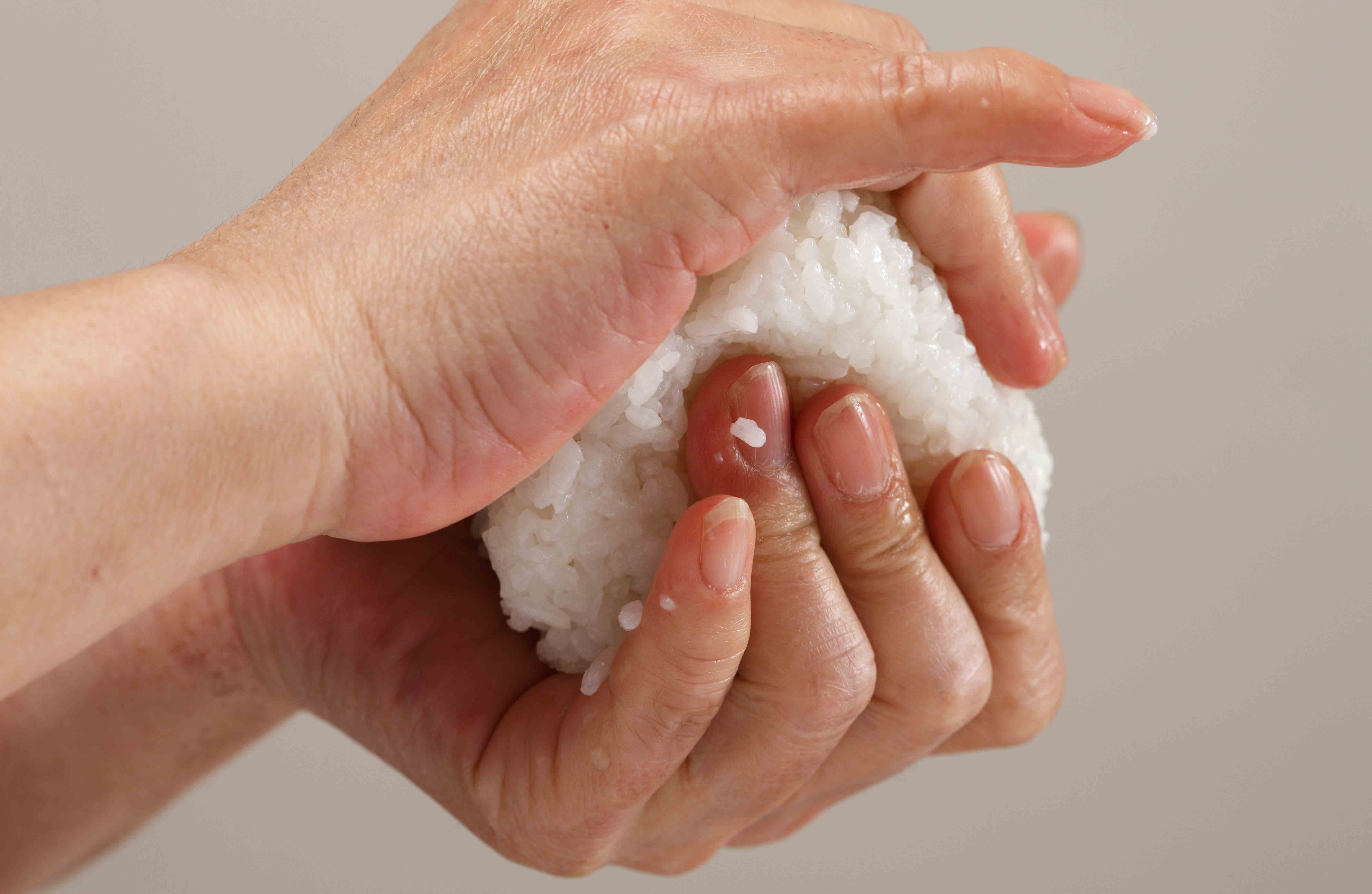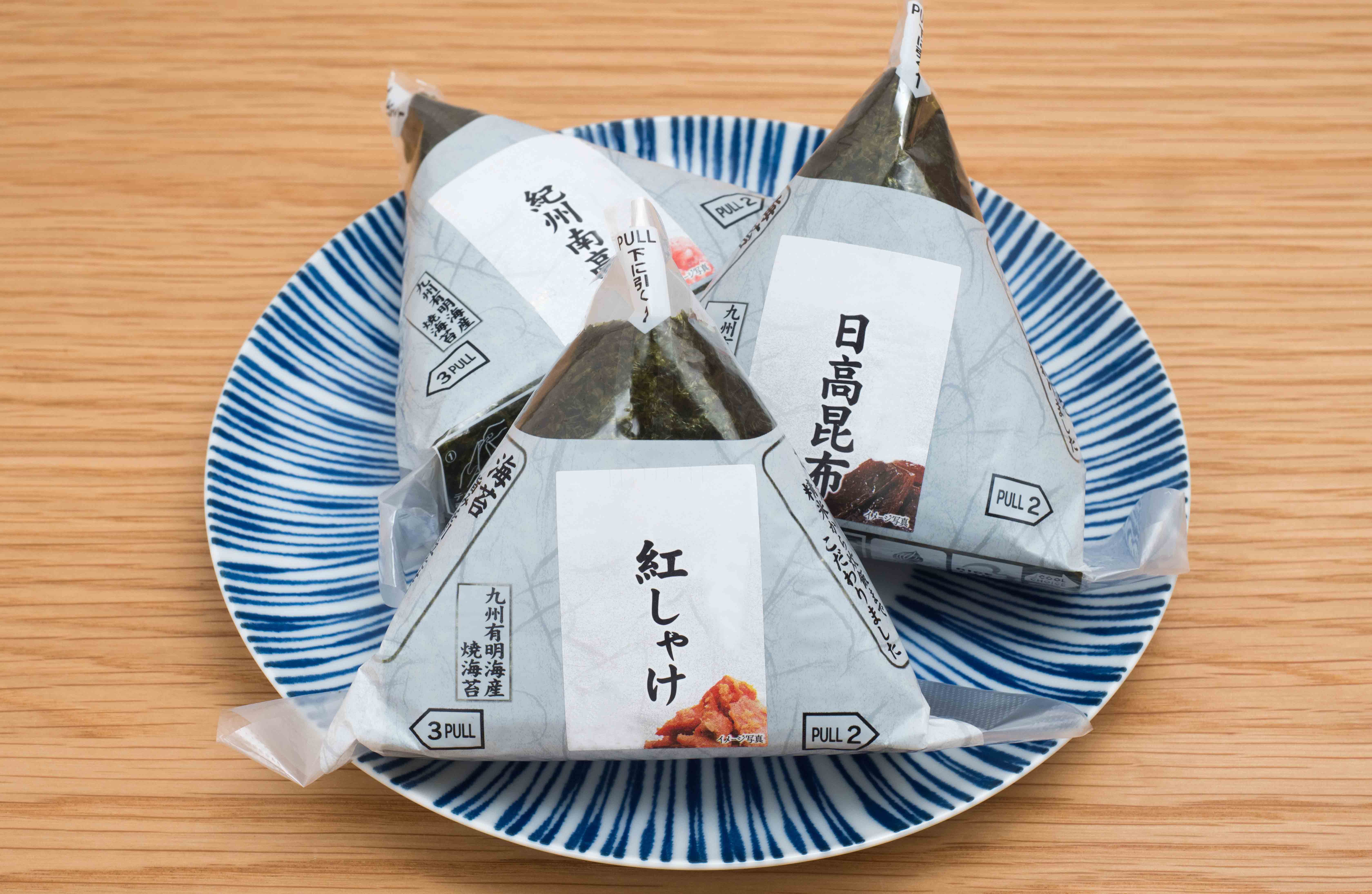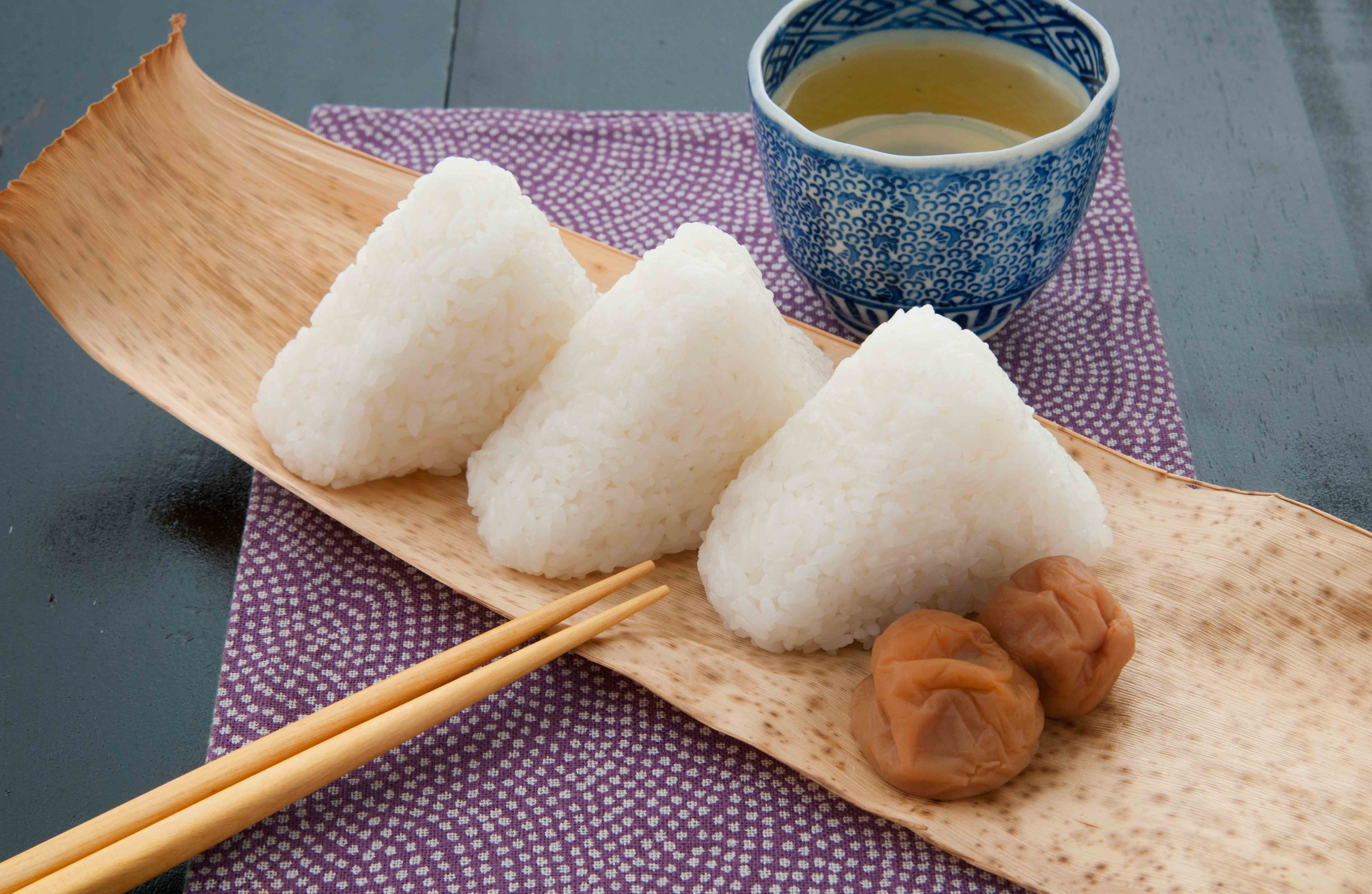All you have to do is only make the rice into shape of a ball, it’s definitely an “Onigiri”… That’s how we would simply describe it. You will often see three forms: triangular, bale, and spherical, right? They are all “Onigiri”. Some people call them “Omusubi,” but the meaning is the same. The Japanese word “nigiri” means “grip” or “squeeze”. The word “Musubi” also has the same meaning.

It’s a dish? that has been around for a long time because it’s easy to carry and you don’t need chopsticks to eat it. It is also said that when rice cultivation began and “rice” was eaten, it was already being produced. A carbonized “Onigiri” that looks like it’s about 2,000 years old has been unearthed at one of Japan’s archaeological sites…
One day, someone said “Rice alone would be tasteless… OK, let’s bring some ingredients.”
And…
“Oh, why don’t you just put them inside?”
“Hey, if rolling up some “Nori”, the rice won’t stick to hands and it’ll be good taste.”
“You know that?”
“That’s pretty good, isn’t it?”
Yes… It probably developed in such a lukewarm? way. You can put anything you can eat in your “Onigiri”. It’s best not to add anything that is extremely soupy. But there is no problem with such ingredients if they are boiled down. It will be delicious. It may not be an exaggeration to say that it is a super versatile rice dish.


Nowadays, you can often find them in convenience stores and supermarkets, right? You could consider “Onigiri” is the origin of fast food in Japan. We heard that “Onigiri” is quite popular overseas as well, and there are also many overseas original versions of them. We would love to try it if having the chances. “Onigiri” is very common in Japanese folktales and etc. It is often used as a key item in the story. This is probably because “Rice” was the very essence of wealth, reward, and even happiness in this country. Each grain of rice was very precious. Please think about this when you eat “rice”.




_op.png)
_001.png)
_002.png)
_003.png)
_004.png)
_005.png)
_006.png)
_007.png)
_008.png)
_009.png)
_010.png)
_011.png)
_012.png)
_013.png)
_014.png)
_015.png)
_016.png)
